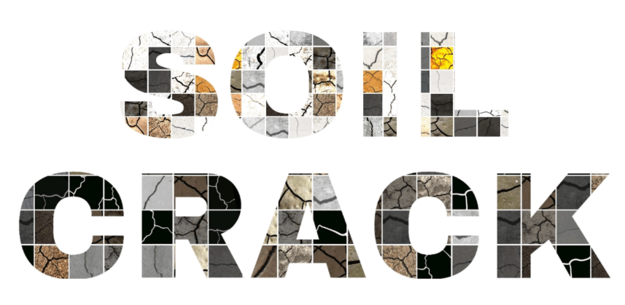Structure from Motion in Geotechnical and Costal Engineering
Research Background
Coral sand is widely encountered in coastal areas of tropical and subtropical regions. Compared with silica sand, it usually exhibits weaker performance from the perspective of engineering geology. To improve the geomechanical performance of coral sand and meet the requirement of foundation construction in coastal areas, a novel alkali activation-based sustainable binder was developed. The alkali-activated slag (AAS) binder material was composed of ground granulated blast-furnace slag (GGBS) and hydrated lime with the amendment of biochar, an agricultural waste-derived material. The biochar-amended AAS stabilized coral sand was subjected to a series of laboratory tests to determine its mechanical, physicochemical, and microstructural characteristics.


